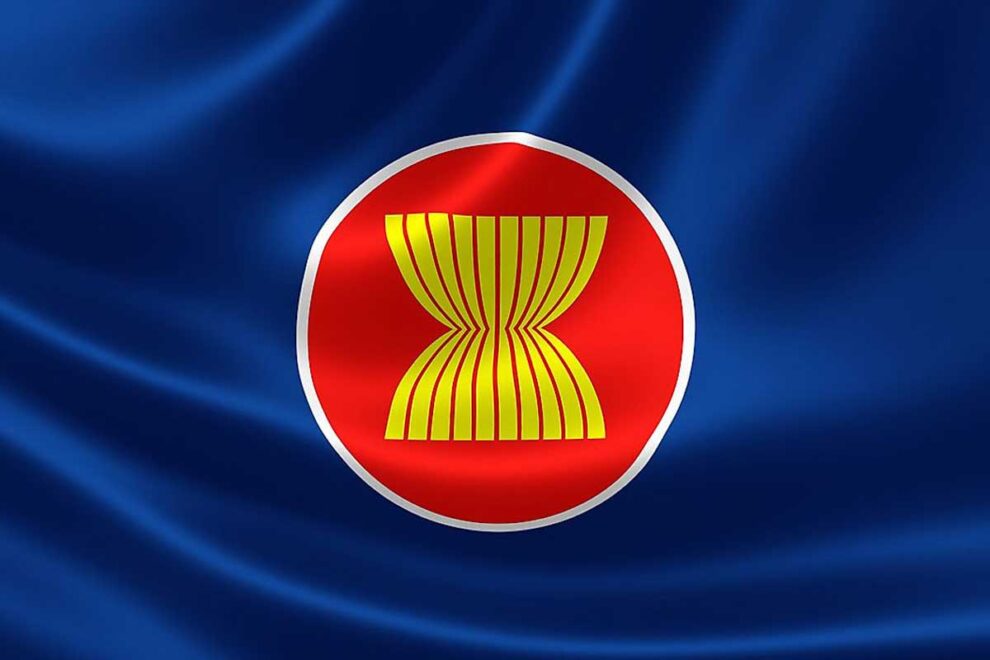The 43rd ASEAN Summit held in Jakarta from September 5th to 7th, 2023, carries profound implications for the future of Southeast Asia and the broader Indo-Pacific region. As I reflect on the outcomes of this summit, it is evident that ASEAN has reaffirmed its role as a vital regional player and a catalyst for cooperation and progress. The theme “ASEAN Matters: Epicentrum of Growth” encapsulates the essence of this summit. It underscores that ASEAN is not merely a geographical region but a dynamic force at the heart of growth and development in the Indo-Pacific. This theme reflects a vision of ASEAN that is forward-looking, ambitious, and committed to addressing the multifaceted challenges of our times. The adoption of the ASEAN Concord IV, a comprehensive blueprint for ASEAN’s future, is a testament to the organization’s resolve. It emphasizes the importance of security, economic growth, and a broader regional role. It is noteworthy that ASEAN is not content with maintaining the status quo; instead, it seeks to shape the evolving dynamics of the Indo-Pacific, placing itself at the center of growth and stability.
Addressing security concerns within the region is paramount. The commitment to combating illicit drugs, maintaining a Nuclear Weapon-Free Zone, and upholding international maritime law in the South China Sea reflects ASEAN’s dedication to preserving regional stability. In a world marked by geopolitical tensions, these commitments send a clear message that ASEAN is committed to ensuring peace and security within its borders. Economic growth and sustainability are core principles embedded within the ASEAN Concord IV. The emphasis on balanced growth, economic disparities, innovation, and environmental sustainability demonstrates a commitment to the well-being of all ASEAN citizens. It recognizes that economic progress must be inclusive and sustainable to truly benefit the entire region. ASEAN’s expanding regional role, as outlined in the ASEAN Outlook on the Indo-Pacific (AOIP), is a significant development. It acknowledges the organization’s potential to influence the broader geopolitical landscape. By emphasizing the importance of international law and mechanisms for resolving regional disputes, ASEAN positions itself as a responsible and proactive player in the Indo-Pacific region.
The Myanmar crisis presents one of the most pressing challenges in the region. ASEAN’s condemnation of the violence and its commitment to the Five-Point Consensus, along with the Troika mechanism, reflect a united front to address this complex issue. While the path to resolution is challenging, ASEAN’s engagement sends a strong message that it is actively working toward a peaceful resolution. The gesture of welcoming Timor-Leste into the ASEAN family signifies an expansion of the organization’s influence. While details are yet to be finalized, this move reflects ASEAN’s willingness to embrace new members and deepen its regional engagement. The decision to elevate the ASEAN Secretariat to the status of the ASEAN Headquarters is a step towards enhancing the organization’s effectiveness. It reflects a recognition that a strong and centralized institution is essential for the successful implementation of ASEAN’s goals. Global engagement is also a key aspect of ASEAN’s vision. The organization’s concern for the Middle East conflict and its support for a two-state solution demonstrate a commitment to peace and stability beyond its immediate region. This reflects ASEAN’s aspiration to contribute positively to global affairs.
The 43rd ASEAN Summit in Jakarta has positioned ASEAN as a central force for unity, cooperation, and progress in Southeast Asia and the Indo-Pacific. The adoption of the ASEAN Concord IV and the various commitments made during the summit reflect a vision of ASEAN that is forward-thinking, proactive, and committed to addressing regional and global challenges. As we move forward, it is crucial to recognize that ASEAN’s role extends beyond regional boundaries. It is a beacon of hope for collaborative and inclusive growth, a promoter of peace and security, and a responsible global player. In a world characterized by uncertainty, ASEAN’s resilience and determination offer a promising path for a better future not only for its member states but for the entire Indo-Pacific region and the world. The outcomes of the 43rd ASEAN Summit demonstrate that the organization’s principles, when translated into action, can shape the course of regional and global affairs, making it a cornerstone of stability and progress in the 21st century.
Beyond what has been discussed, the outcomes of the 43rd ASEAN Summit also shed light on several crucial aspects that warrant further examination in the realm of International Relations. One such aspect is the commitment to upholding international maritime law in the South China Sea. This commitment underscores the importance of maritime security and the complex web of territorial disputes in the region. It invites students and scholars of international relations to explore the intricate dynamics of maritime sovereignty, the role of international law, and the implications of these disputes on regional stability. Moreover, the ASEAN Concord IV’s emphasis on innovation resonates with the growing relevance of technology and innovation in global affairs. It encourages a deeper exploration of how technological advancements impact international relations, from cybersecurity challenges to the transformative potential of artificial intelligence. Understanding the nexus between technology and diplomacy becomes increasingly vital in an era of rapid technological change. The adoption of the Troika mechanism as part of the response to the Myanmar crisis offers a practical example of conflict resolution mechanisms within regional organizations. It invites students to analyze the effectiveness of such mechanisms and their potential application in other regional conflicts. The study of conflict resolution strategies is a fundamental component of international relations research and education. Furthermore, the summit’s focus on environmental sustainability aligns with the global discourse on climate change and ecological preservation. Students can delve into the implications of regional organizations like ASEAN engaging in environmental issues and the role they can play in advancing global environmental agendas, including the Paris Agreement. The potential expansion of ASEAN to include Timor-Leste prompts discussions on the dynamics of regional integration and the prerequisites for membership. It encourages students to explore the criteria and processes for joining regional organizations and the implications for both existing members and the prospective entrant. Such inquiries are central to the study of regionalism in international relations.
Source : Modern Diplomacy
















